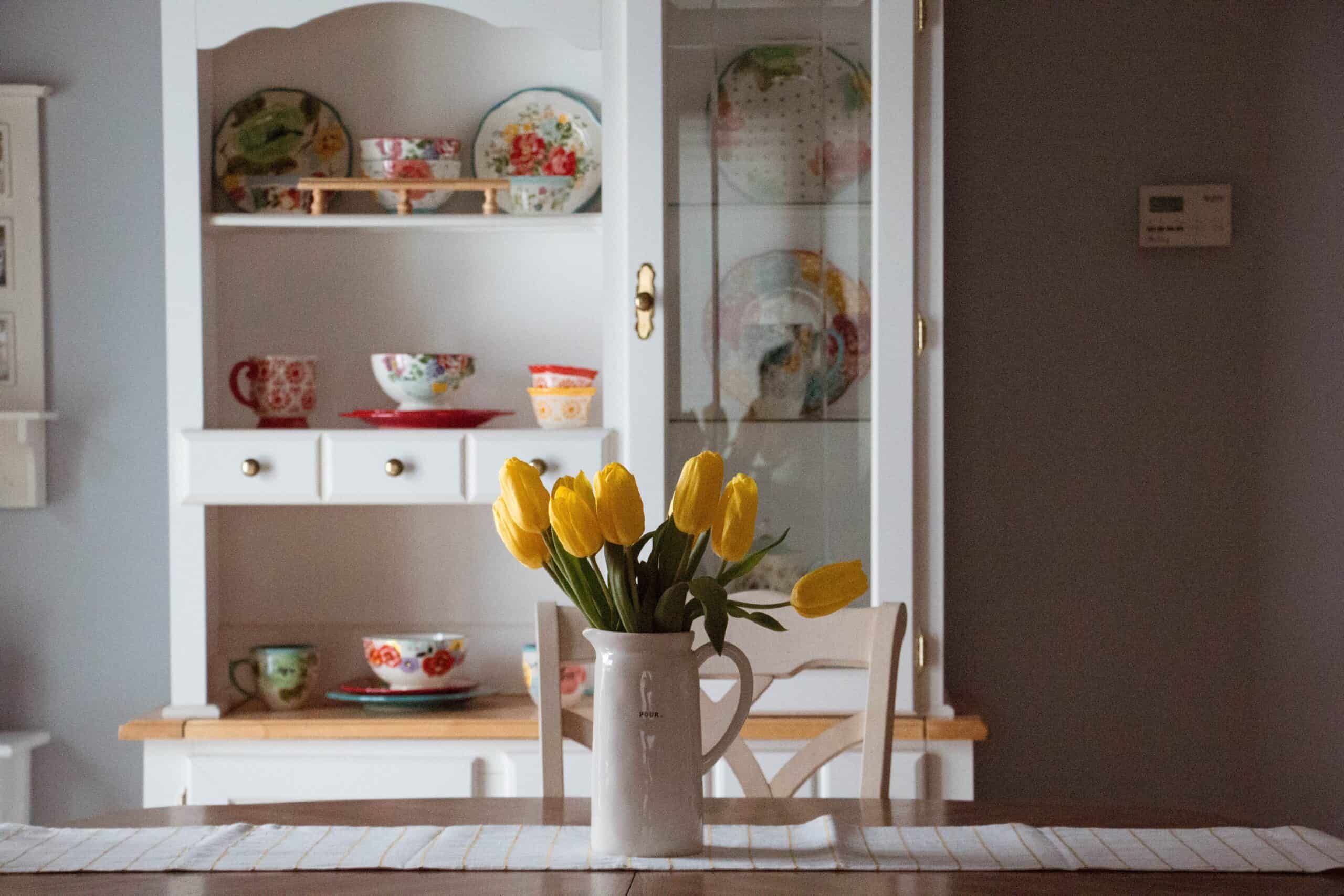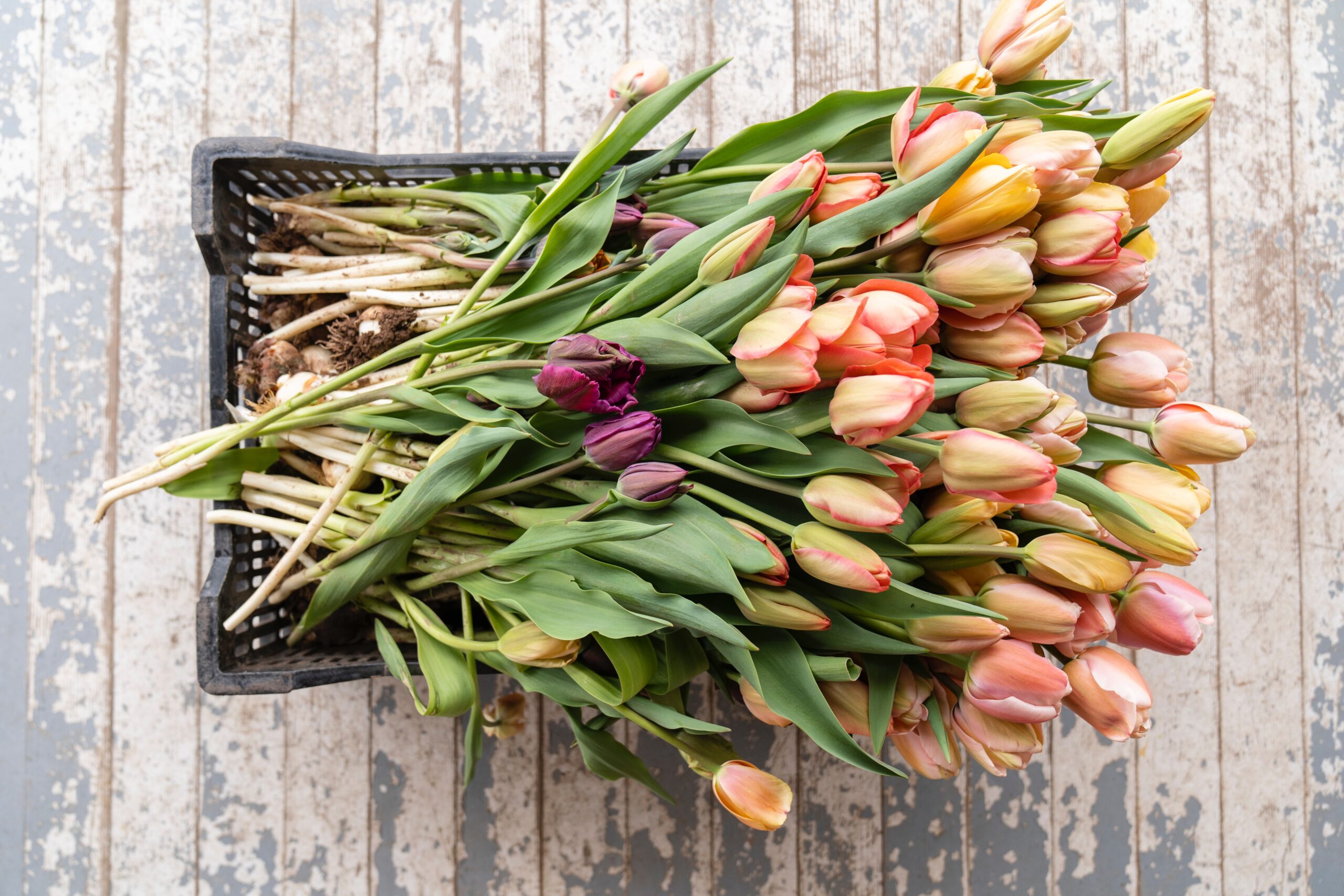Garden Balsam, also known as Impatiens balsamina, is an annual, herbaceous flowering plant native to India. The flowers of this plant are small and round, usually between 0.5 to 1 inch in diameter. They may be pink, mauve, lilac, red, or white, and they attract a variety of nectar-feeding birds and pollinators. It is an ornamental plant that looks great in containers, and it requires sun to partial shade to thrive.
Family
Impatiens balsamina falls under the family Balsaminaceae. This family is the same family that hosts other species of impatiens, commonly known as touch-me-nots.
Plant Type
Impatiens balsamina is an annual plant.
Mature Size
The mature size of Impatiens balsamina can reach up to 2 feet in height.
Sun Exposure
This flower requires full to partial sun exposure and can tolerate some shade. For optimal blooming, it should receive more sun.
Soil Type
Impatiens balsamina performs best in well-drained, fertile soil.
Soil pH
This flower prefers a slightly acidic soil with a pH between 6 and 7.
Bloom Time
It typically blooms from mid to late summer.
Flower Color
Typically white, pink, mauve, lilac, red.
Hardiness Zones
It can tolerate Hardiness zones 8 to 10.
Native Area
Impatiens balsamina is native to India.
How to Plant
Impatiens balsamina is a relatively easy to grow plant that requires minimal care to thrive. It prefers full to partial sun and moist, well-draining soil. The soil should not be overly saturated, as this can lead to root rot. A slightly acidic soil with a pH of 6 to 7 is preferred. When planting, it is important to give the seed sufficient space from other plants so it can get enough sunlight and sunlight. Fertilize once a month during the growing season with a soluble fertilizer.
Meaning and Symbolism
The name ‘balsamina’ is derived from its Latin family name: Balsaminaceae. In some cultures, this flower symbolizes hope, happiness, and optimism. It has also been used to represent love, perfection, and understanding.
History, Mythology, and Religious Significance
Garden Balsam has a long history of being used in traditional medicine, specifically as an antidote for poison ivy. It also holds a special place in Hindu religion as an important offering to Lord Krishna. In Christianity, it has historically been used to signify Christ’s suffering on the cross.
Flower Varieties and their Defining Characteristics
In addition to the commonly known Impatiens balsamina, other varieties of Garden Balsam include: Impatiens parviflora, Impatiens paramakandarai, Impatiens pallens, Impatiens longiflora, and Impatiens nyctaginea. Impatiens parviflora are among the tinniest varieties, with blooms about one inch in diameter; it is also one of the earliest to bloom. Impatiens paramakandarai have rather large blooms that can reach up to four inches in diameter, and the petals are dark purple. Impatiens pallens have small blooms that are usually white or pale yellow; the petals are narrow and deeply striped. Impatiens longiflora have dense, showy, four-inch blooms with yellow petals and dark purple centers. Impatiens nyctaginea are a unique variety, with stems that can reach up to a foot in length and can be identified by its heart-shaped blooms and delicate, lacy foliage.
How to Pot and Repot
Adding topsoil to the bottom of the pot will help provide drainage at the bottom of the pot and allow the roots of the plant to spread out. Once placed in the pot, use a soil mix recommended for the plant’sroot type, such as cactus mix for a succulent, or a potting soil for a traditional plant. After deciding on a potting soil, water the soil lightly to help the plants settle into place, making sure not to overwater–too much water can cause root rot. If the soil is still too dry, add a layer of perlite on top to help with drainage. A layer of mulch can also be added to retain moisture in the pot.
How to Prune
For propagation, regularly prune off the stems of the Impatiens balsamina. Use pruners or scissors to properly prune and leave only a couple of inches of the stem to encourage regrowth. This will also help to keep the perennial neat and tidy. Pruning after the annual’s flowering period is also necessary to remove any dead or dying branches.
How to Propagate
Impatiens balsamina can be propagated through stem cutting. Take a stem cutting about 2 inches in length, and make sure it has at least three leaf nodes. Remove the lower leaves and dip the bottom of the stem in rooting hormone and plant in a moist but well-drained soil. Place the cutting in light to partial shade and mist regularly until the cutting begins to grow new leaves. Once established, transplant the cutting into the desired location.
Common Pests & Diseases
Common pests that attack Impatiens balsamina include aphids and spider mites. To manage these pests, use an insecticidal soap or neem oil. If a disease develops, inspect the plant carefully every few days and prune off any affected leaves. Diseases that can attack the plant include powdery mildew, root rot, and botrytis. To manage these diseases, use fungicides or try a baking soda and water mixture.
Three Frequently Asked Questions about Impatiens Balsamina
Q: Does Impatiens balsamina need to be watered?
A: Yes, it does. Impatiens balsamina needs to be watered regularly and should not be left in overly dry soil.
Q: Does Impatiens balsamina prefer full sun or partial shade?
A: It prefers full to partial sun, with partial sun being ideal.
Q: Can Impatiens balsamina be planted outside?
A: Yes, it can! Impatiens balsamina can be planted outdoor, though they do better in more temperate climates, such as hardiness zones 8 to 10.
Table Fact Sheet (Data)
| Garden Balsam | Impatiens balsamina |
|---|---|
| Family | Balsaminaceae |
| Plant Type | Annual |
| Mature Size | 2 feet |
| Sun Exposure | Full to partial sun |
| Soil Type | Well-drained, fertile soil |
| Soil pH | 6 to 7 |
| Bloom Time | Mid to late summer |
| Flower Color | White, pink, mauve, lilac, red |
| Hardiness Zones | 8 to 10 |
| Native Area | India |
What we love from Amazon this week
Buy these wonderful flowers directly from Amazon:















